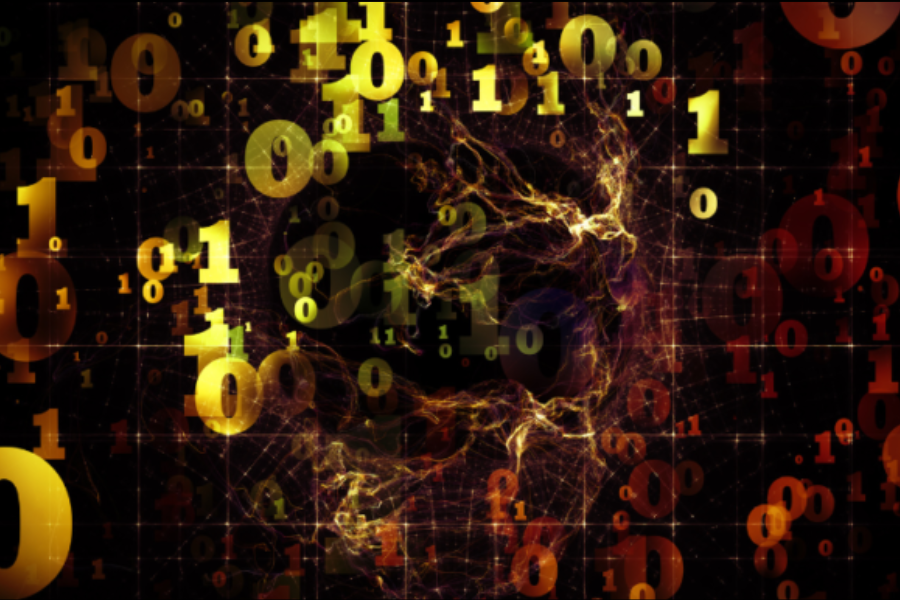Numbers surround us each day, but some hold special significance that deserves deeper exploration. Take 9.02, 8.9975, and the fraction 13/5—what do they constitute in our world? These seemingly simple figures deliver weight and meaning in diverse contexts, from finance to technology and beyond. Whether you are a math enthusiast or someone curious about how numbers impact your daily life, this journey will illuminate their importance and relevance. Let’s dive into the captivating realm of these unique numbers!
Understanding Decimal Numbers: Explaining the Significance of the Two Decimal Numbers
Decimal numbers are a fascinating part of arithmetic. They allow us to express values that fall between whole numbers. The decimal figures, 9.02 and 8.9975, showcase this precision beautifully.
When you examine 9.02, it tells you something more than just nine; it indicates a fractionally increased value—a bit over nine but not quite ten. Each digit after the decimal point adds depth to our understanding of quantity.
On the other hand, 8.9975 dives even deeper into specificity. It’s extremely close to nine but noticeably less than it—highlighting how decimals can convey fine differences in size or comparison.
These nuances matter significantly in fields like finance and science, where accuracy is key. Understanding these numbers elevates our ability to make informed decisions based on precise data rather than vague estimations.
The Power of Fractions: How Fractions Can Be More Precise Than Decimals
Fractions hold a unique power in the world of numbers. They can convey precision that decimals sometimes struggle to match.
Take 13/5, for instance. It directly expresses a relationship between two whole numbers without rounding up or down, providing a clear representation of quantity.
Decimals like 9.02 and 8.9975 might seem straightforward, yet they often require approximation when it comes to calculations involving complex measurements.
Fractions can simplify expressions and maintain accuracy during operations such as addition or subtraction—especially useful in fields ranging from manufacturing to cooking.
Moreover, fractions are inherently flexible; they can change forms while retaining their value. For example, converting 13/5 into its decimal equivalent yields a repeating number: 2.6—a reminder that not all numbers tell their stories equally well.
Understanding this distinction elevates our approach to arithmetic and enhances our problem-solving capabilities across various applications.
Real-World Applications: Examples of How These Numbers Are Used in Everyday Life
Numbers like 9.02, 8.9975, and 13/5 pop up in various aspects of daily life, often in ways we might not immediately recognize.
For instance, when shopping for groceries, you may find prices listed as decimal numbers—like $9.02 for a specific product. This precision helps consumers make informed decisions about their purchases.
In cooking or baking, recipes often use fractions such as 13/5 cups to ensure exact measurements for perfect results. These ratios are crucial when scaling recipes up or down.
Engineers and architects rely on decimal values to calculate dimensions accurately when designing structures. The slightest variation can impact the integrity of a project.
Even in finance, understanding interest rates often involves decimals like 8.9975%. Knowing how these figures affect loans or investments can lead to better financial decisions over time.
Fun Facts: Interesting Facts About the Numbers and Their History
Did you know that 9.02 has a special place in scientific measurements? It often comes up in physics, particularly when discussing gravitational constants or astronomical distances.
On the other hand, 8.9975 is notable for being an approximation of the speed of light in a vacuum (approximately 299,792,458 meters per second). This decimal representation plays a crucial role in various equations and theories.
As for fractions like 13/5, they tell us more about ratios than decimals can sometimes convey. In fact, this fraction equals 2.6 as a decimal but carries implications around division and proportionality that are universally applicable.
Interestingly enough, cultures have used numbers to signify luck or meaning throughout history. The number 13 is often seen as unlucky in Western contexts but revered as sacred by others—such as some Native American tribes who appreciate its significance.
Conclusion: Bringing It All Together and Highlighting the Importance
The numbers 9.02, 8.9975, and 13/5 may seem simple at first glance. Yet they weave into the fabric of our everyday lives in ways we often overlook.
Decimal precision plays a critical role in fields like science and finance. The tiniest shift in these figures can lead to significant differences in outcomes, decisions, or calculations.
Fractions also hold their own power. They offer clarity that decimals sometimes lack, especially when it comes to expressing ratios or proportions accurately.
Understanding how these numbers function helps us appreciate their application further. Whether cooking a recipe or balancing a budget, each digit contributes meaningfully to the whole picture.
Recognizing this significance opens up new avenues for learning and application across various disciplines. Each number tells its story; together, they enhance our comprehension of complex concepts and real-world scenarios.
FAQs
Understanding decimal numbers and fractions can enhance our mathematical literacy. The numbers 9.02, 8.9975, and 13/5 serve as excellent examples of how we can interpret numerical values in different ways.
To further explore this topic, here are some frequently asked questions:
What Do the Numbers 9.02 and 8.9975 Represent?
These two decimal numbers often represent measurements or statistical data where precision is crucial.
How Is the Fraction 13/5 Related to These Decimals?
The fraction represents a value that equals approximately 2.6, which can also be expressed in decimal form but offers specific advantages in certain contexts.
Why Might Someone Prefer Using Fractions Over Decimals?
Fractions can provide clearer insights into proportions or ratios without losing specific values during calculations.
Can You Give an Example of Real-World Applications for These Numbers?
Certainly! They’re commonly used in finance for calculating interest rates (like percentages), cooking measurements, or engineering specifications where exact dimensions matter most.
Are There Any Interesting Facts About These Specific Numbers?
Yes! The number 9.02 is very close to a whole number while still maintaining its significance with two decimals; meanwhile, both fractions and decimals have been part of human history for centuries—dating back to ancient civilizations who utilized them for trade and measurements.
Understanding the nuances between various forms of numerical representation helps us make informed decisions based on accurate data interpretations.
In conclusion, the numbers 9.02, 8.9975, and 13/5 are more than mere figures. They hold essential roles in our daily lives, offering precision and clarity in various contexts. By understanding and appreciating these numbers, we can enhance our mathematical literacy and make more informed decisions in our personal and professional lives.
Keep up-to-date with breaking news and updates on cavazaque




